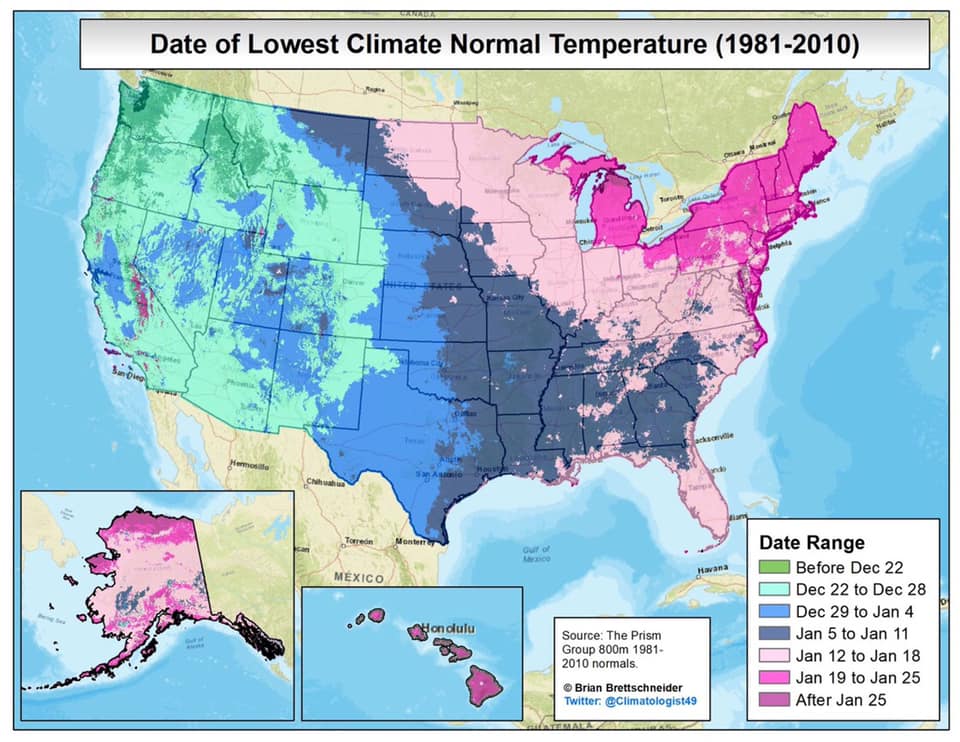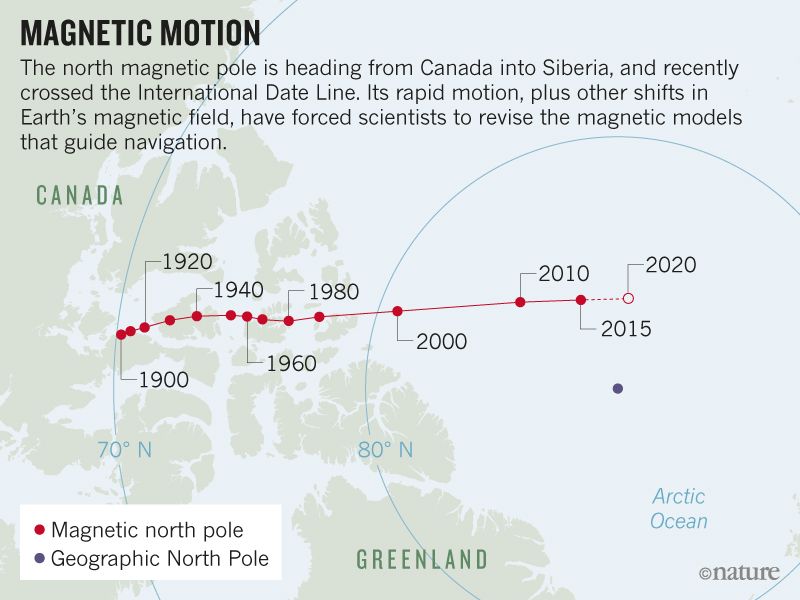Every spring, Yardboy Ron Wilson shares a soil temperature map in his blog and talks about it on his radio show. This map is useful for seeing how soil temperatures are warming and when they are suitable for planting.
I took a look at that map this morning, which can be seen here, and something interesting popped out at me. Soil temperatures are very cold over much of the country, approaching zero degrees Fahrenheit in parts of the midwest. A closer look at the map shows something interesting.
Soil temperatures in the lee of the Great Lakes, near Cleveland, OH, Erie, PA, Buffalo, NY, and Watertown, NY, for example, are quite warm, near freezing and similar to soil temperatures in the south. Why would temperatures in these very cold and snowy locations be so mild? The answer is in the snow.
Many people cry and wail in winter when it snows. Certainly some people in Erie, PA, were crying over the 5 feet of snow they got Christmas week. However, from the perspective of our plants, that snow is a very good thing. Yes, it can get heavy, but it also is a wonderful insulator.  Plants under all that snow are protected from the bitter cold, and their root systems in particular are protected. When all that snow melts, soil moisture will be replenished. Observe how the New York State plant hardiness zones, in the map to the right, in the areas adjacent to lakes Erie and Ontario, are as warm as near New York City, and much warmer than nearby interior areas.
Plants under all that snow are protected from the bitter cold, and their root systems in particular are protected. When all that snow melts, soil moisture will be replenished. Observe how the New York State plant hardiness zones, in the map to the right, in the areas adjacent to lakes Erie and Ontario, are as warm as near New York City, and much warmer than nearby interior areas.
So, what about areas that don’t have all that snow? In those areas, plants are fully exposed to the elements and bitter cold. Soil temperatures plunge and root systems chill as well. Sensitive plants may be damaged or even killed in such harsh conditions. Plant hardiness zones are actually colder in areas further south which get inconsistent snow and frequent cold.
So, the next time heavy snow falls, try to remember that your plants benefit greatly from it. It sure is beautiful, too!





 Plants under all that snow are protected from the bitter cold, and their root systems in particular are protected. When all that snow melts, soil moisture will be replenished. Observe how the New York State plant hardiness zones, in the map to the right, in the areas adjacent to lakes Erie and Ontario, are as warm as near New York City, and much warmer than nearby interior areas.
Plants under all that snow are protected from the bitter cold, and their root systems in particular are protected. When all that snow melts, soil moisture will be replenished. Observe how the New York State plant hardiness zones, in the map to the right, in the areas adjacent to lakes Erie and Ontario, are as warm as near New York City, and much warmer than nearby interior areas.